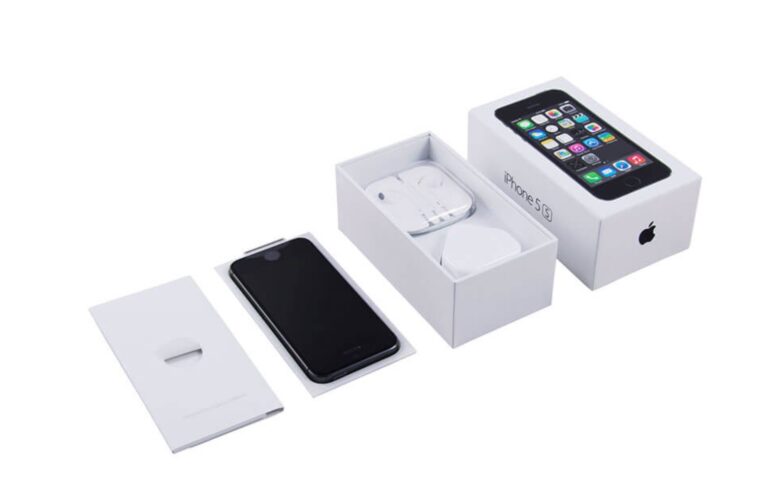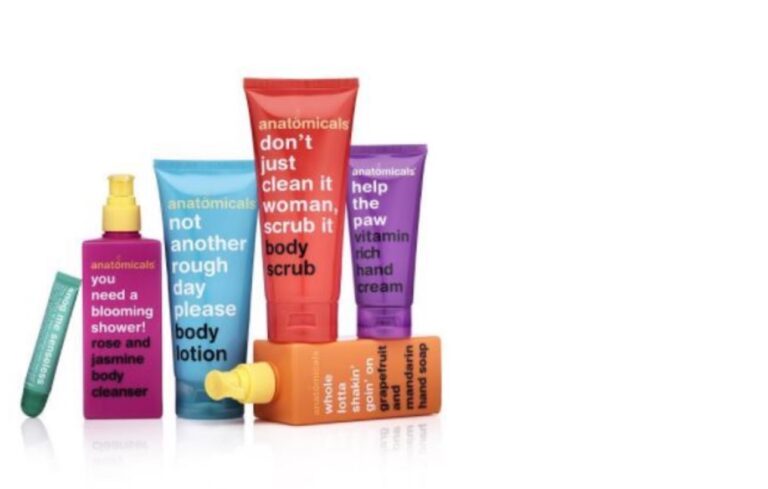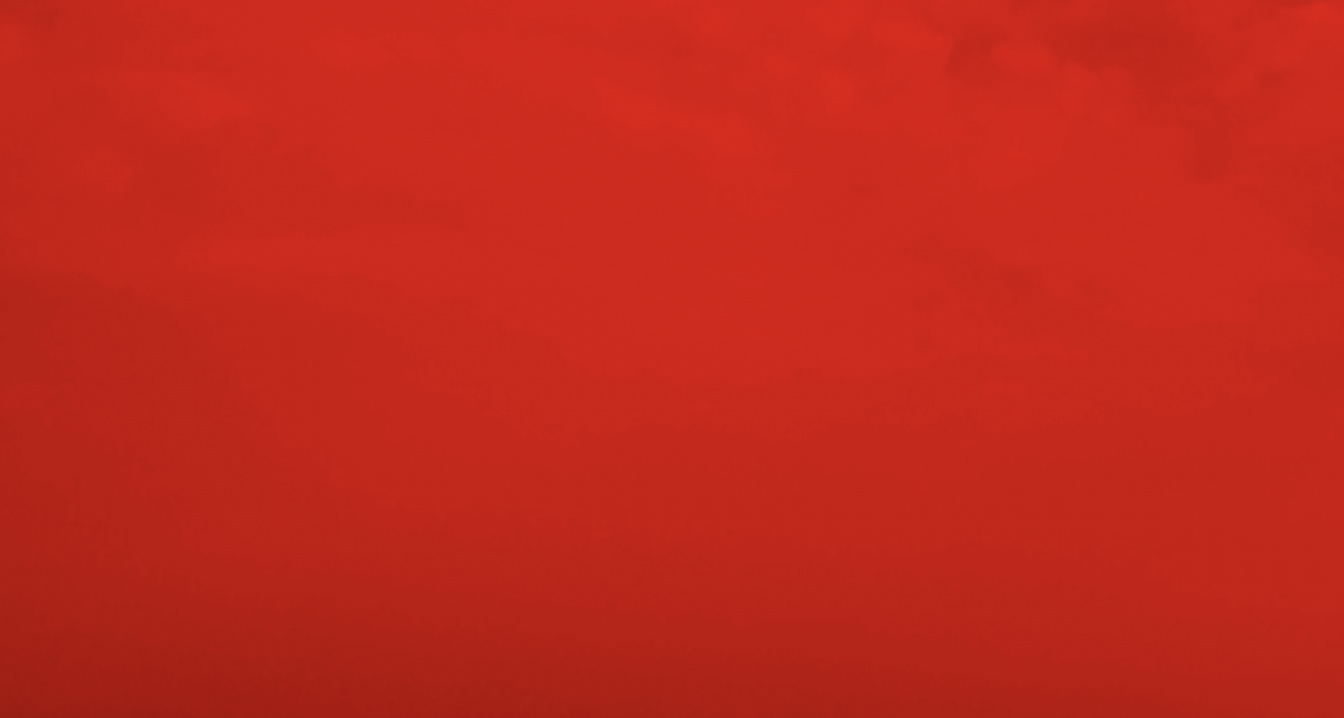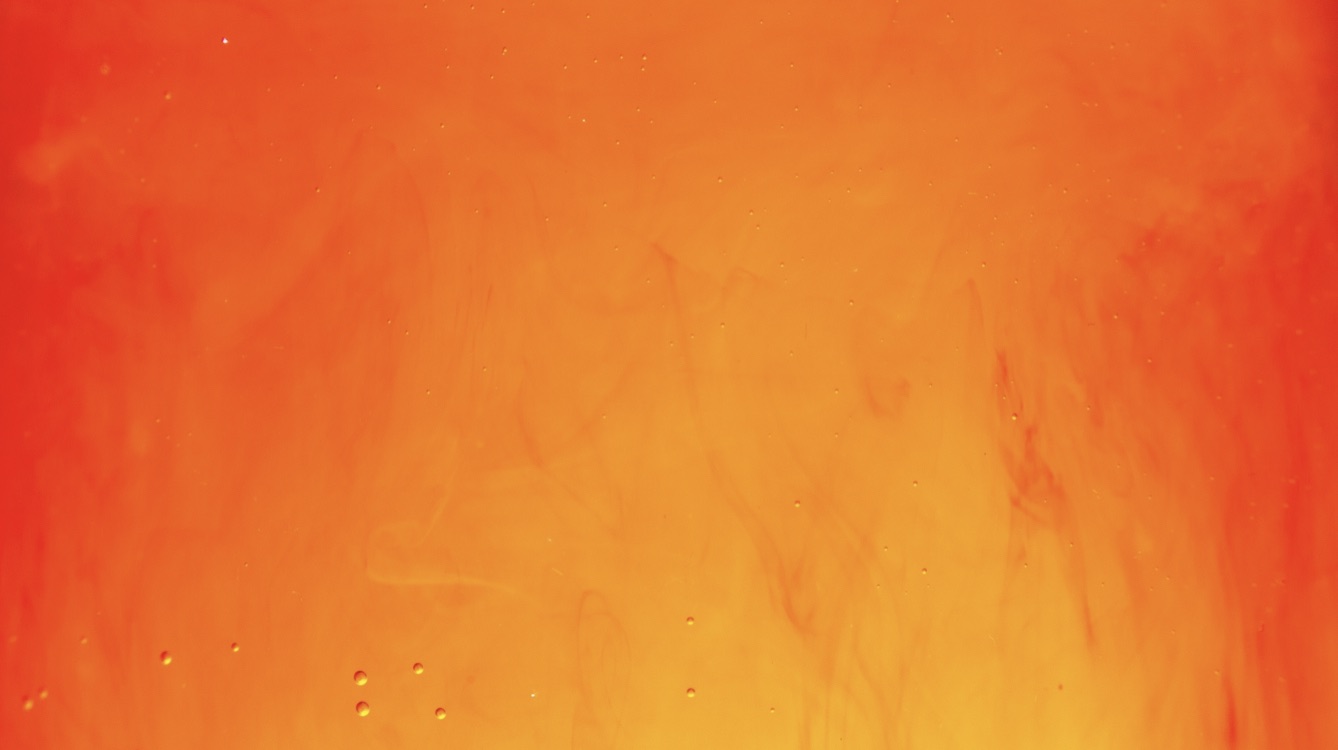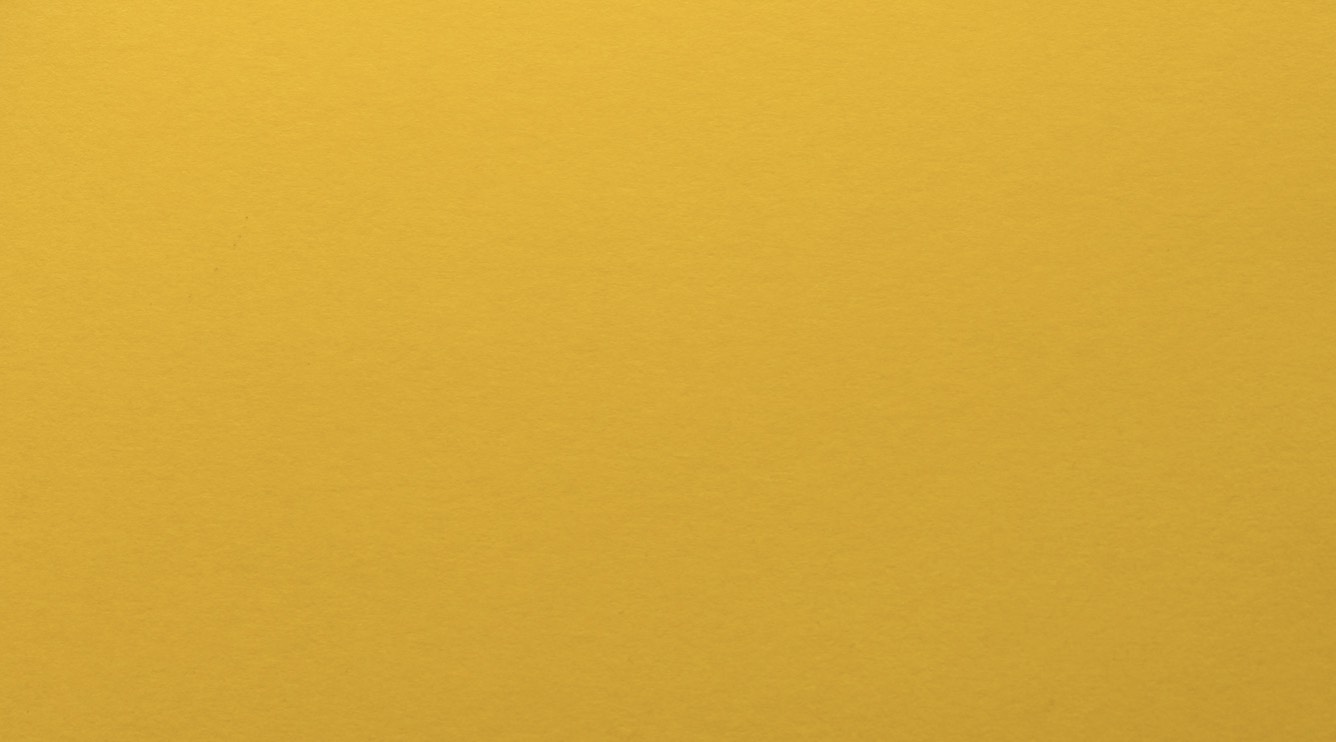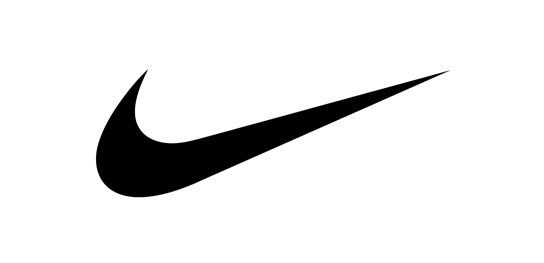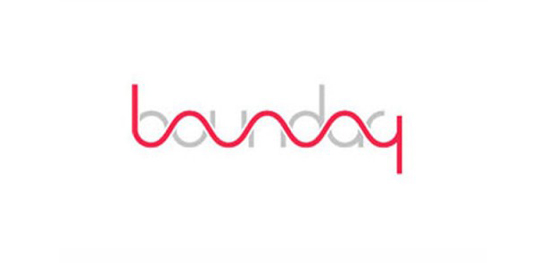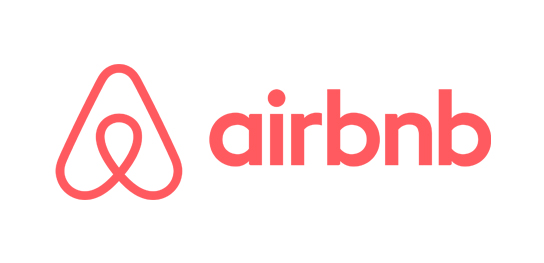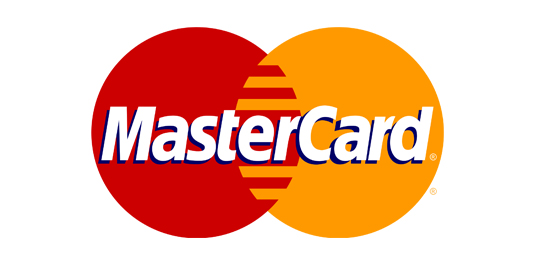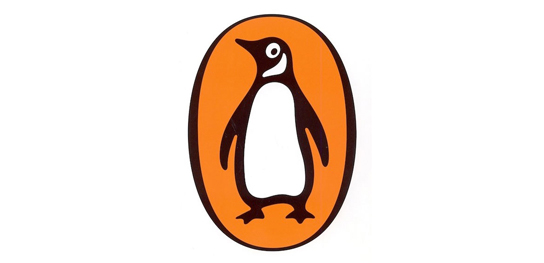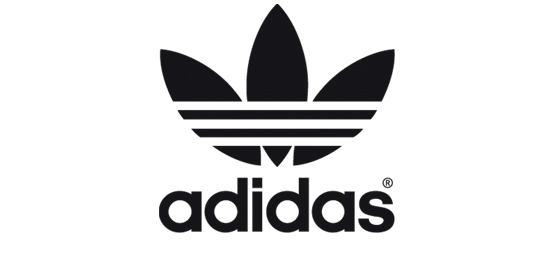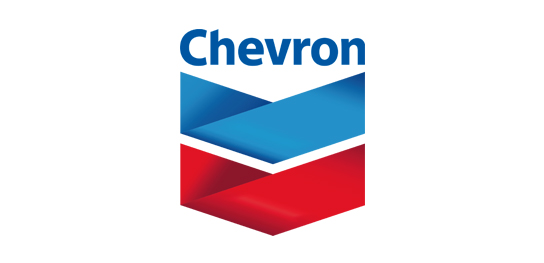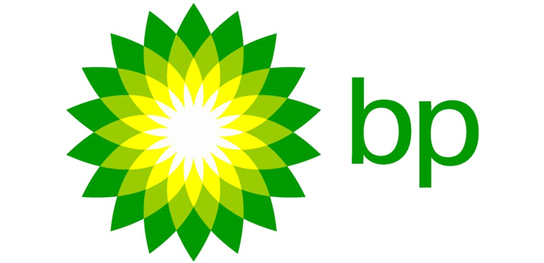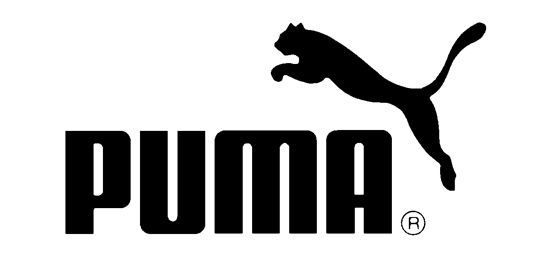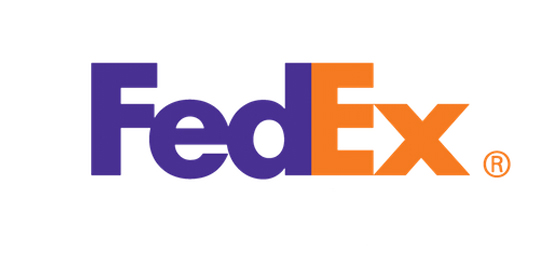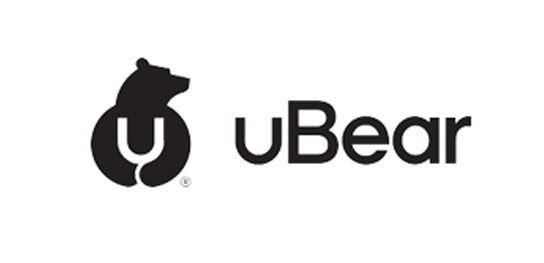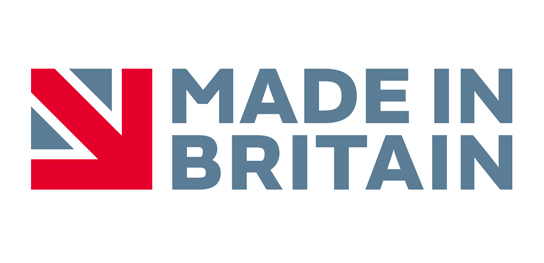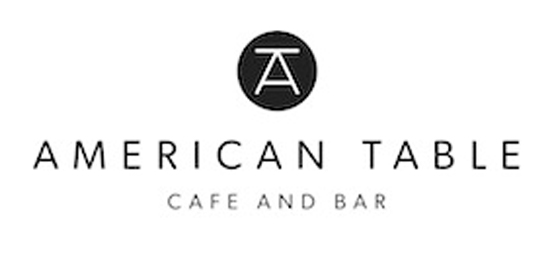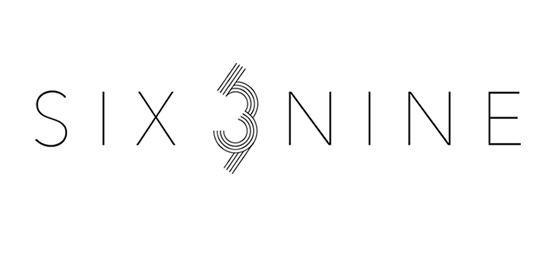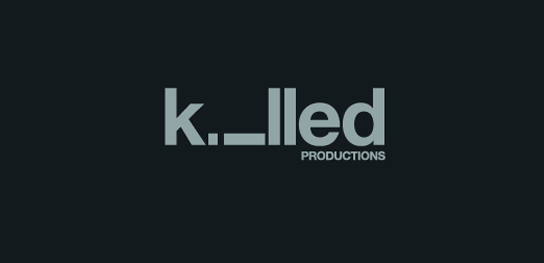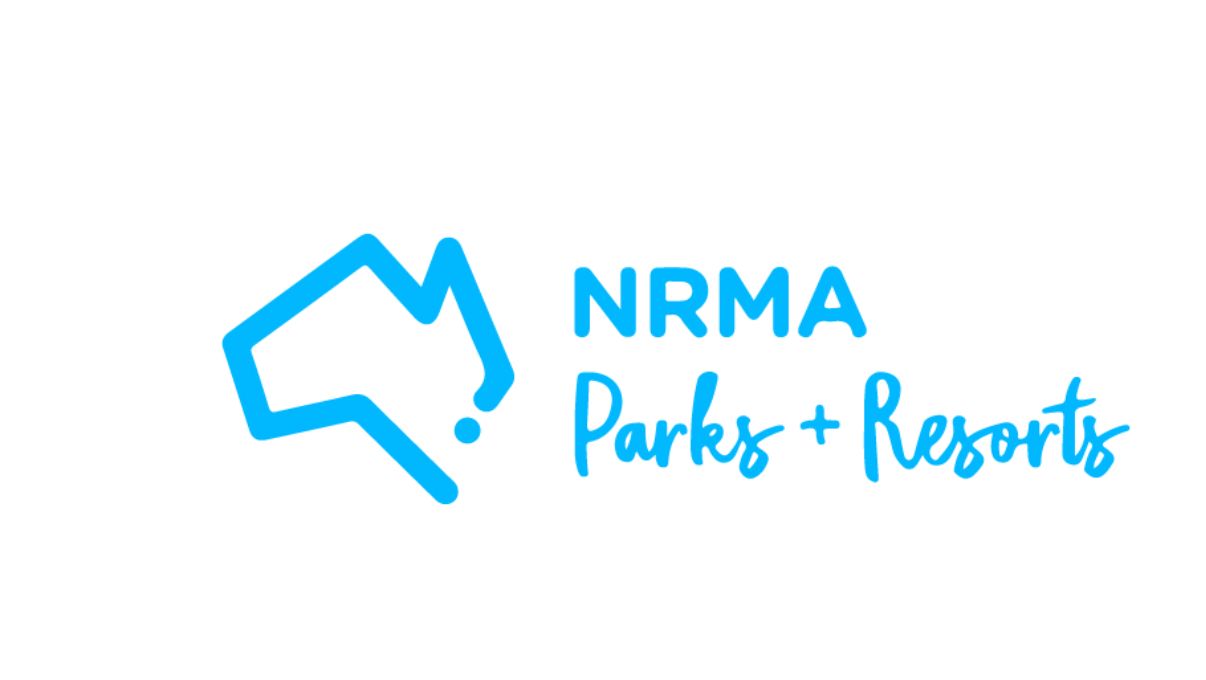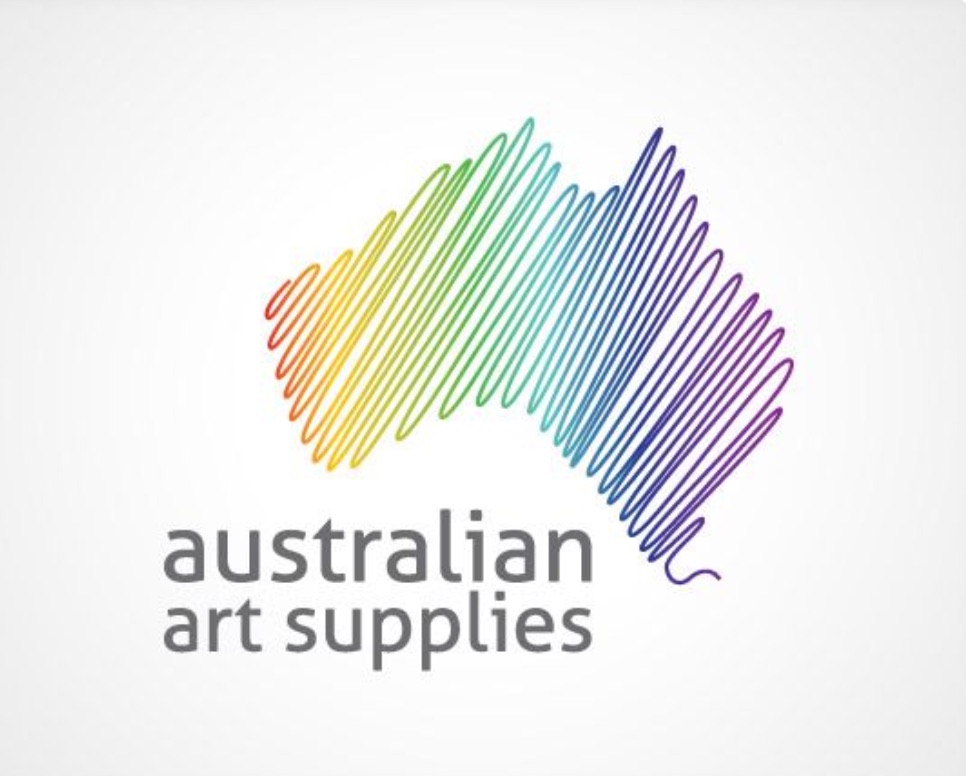Shopify is a powerful all-in-one website builder and eCommerce platform that can be set up in a few minutes. Even if you are a new business startup newbie, you can always contact the 24/7 Shopify team for support and help. If this sounds like your perfect next big business idea solution to help you get online, then Shopify is the way to go! They give you a 14-day free trial to test it out and see if it fits within your business model.
WordPress, on the other hand, is a massive beast and the eCommerce platform integrated is called WooCommerce. Having a WordPress CMS platform and WooCommerce allows you to use all the add-ons that WordPress allows, such as amazing-looking themes and apps and of course, it’s great for SEO.
WooComemrce’s technical specs are worth reading before you use its platform.
WordPress (WooCommerce) Advantages
Free and Open Source: WooCommerce is 100% free and open-source, meaning the entry point for startups and SMEs who are price sensitive is a great option. If the platform is free, it makes it very attractive for those with tight marketing shoestrings. WooCommerce integrates nicely with the popular CMS, WordPress so getting an eCommerce website is easy for most web designers and developers.
100% Customisable: Because you are using WordPress, you have a massive choice of design themes that would fit nicely with your business model. It doesn’t matter whether you are a professional, tradie or startup; there is a theme that you will find that suits your style. You can customise headers, footers, checkout sections, product pages and blogs. Plus, all the plugins are fully customisable, which is brilliant- see the point below. As a Sydney graphic design agency, this is not ideal as SMEs can use a WordPress theme rather than us designing one – but there are limitations to these themes and are only good for small businesses requiring a very basic website that has strict design parameters. I have personally seen many businesses ditch their WordPress themes because of their limitations.
Awesome Plugins: WooCommercie is the eCommerce plugin that converts your basic WordPress site into a fully functional online store. Of course, you will have to add all your products manually (yes, this can be a hassle), but it’s super easy, and most non-tech people will find this easy. There are also handy marketing plugins for those budding entrepreneurial business eCommerce startups to help them get more customers and better Google ranking, such as Yoest SEO (to help examine any extra on-page SEO amendments), WooCommerce MailChimp for email marketing, and WooCommerce Google Analytics to track store performance. How brilliant!
Dynamic Inventory Management: You can create web stores with WooCommerce to sell physical and digital products. You also have the option to keep adding products regularly and set different product types and product SKUs. Also, WooCommerce makes tracking inventory and stock levels easy, which is perfect if you have many products and a high turnover business.
Mobile-Friendly: People like searching for products on their mobile devices; simple as that. And, WooCommerce and WordPress make it remarkably easy to convert your site automatically into a mobile-friendly responsive site which is perfect for users wanting to buy products on the go. And, because there’s auto inventory management, your customers can quickly tell if the product is available.
Lots of Extensions: You can choose free and paid extensions to suit your business needs if you have a WordPress site. It’s so easy. With the click of a mouse, you can have an added component to your shopping cart without having to go through the hassle of hiring a web developer or graphic designer to style the cart. You also have excellent extension options, such as store management, product pages, checkout (to make the process easier), shopping cart, product search features, payments, shipping, and stock and revenue reporting.
Fantastic SEO features: WooCommerce SEO is about getting your products in front of the consumer. You want to rank on Google if you’re going to sell, and WooCommerce makes it super simple to change titles and descriptions and have them indexed quickly. So now, with WooCommerce, you can start selling more due to their efficient SEO plugins like Yoest.
Safe and secure: WooCommerce has frequent security updates to protect your site from hackers and cybersecurity threats. Businesses need to know that their website is safe online, and they can confidently run their businesses knowing that they are using platforms designed to prevent hackers from stealing information or ripping your site down and extorting you for money. Also, from the consumer side of things, WooCommerce is an excellent plugin as it creates a safe and secure online environment for credit card transactions.
Multiple Payment Gateways and Currency Support: WooCommerce offers targeted geolocation selling capabilities that enable you to accept various currencies from people worldwide. So, for example, if you are selling from Australia to the US, consumers in the US will have the product displayed in $US and have shipping options calculated instantly. With WooComemrce, you can take your product worldwide.
WordPress (WooCommerce) Disadvantages
Frequent Updates: If you like to be updating your website regularly, then WordPress and WooCommerce are acceptable, but for others, the constant need to update plugins and security patches can become too much effort. Every update comes with time-consuming testing that can add pressure to your busy development team or yourself.
Not Newbie-Friendly: Working out the WordPress CMS can be challenging for many business owners, and adding WooCommerce into the mix makes it a bit harder. With no customer support or anyone to call, you have to rely on online communities for help; for newbies, this is too much. Honestly, if you are a business startup, the whole WooCommerce will be a real hassle; many people throw up their arms and walk away.
Website Speed: Too many plugins will negatively affect the performance of your website. With WooCommerce, you will have to add many new plugins for functionality, but there’s a price to pay for this added super-duper functionalist and website speed and download times. Not to mention the added hosting space you might have to buy. Of course, you can always check your website speed at Pingdom to ensure your site isn’t too slow.
Shopify Advantages
Whizz Bang Designed and Mobile-Responsive Themes: Shopify has ten free and 64 premium themes, starting from AUD$100. Each theme is mobile responsive and will automatically fit all mobile phones, so there’s no stuffing around dealing with developers. All the themes are professionally designed, and you must choose one appropriate for your business. You can be up and running your store online in a couple of hours; that’s the beauty of Shopify.
Best Security: Shopify provides 100% SSL to keep their sites secure, and they hire teams of developers to ensure speed times are super-fast. Shopify is known for fast and safe downloads and understands that online shopping experiences must be flawless. According to CrazyEgg, customers will only wait a maximum of 3 seconds before hitting that back button and leaving your site. There’s another rule called the 15-second rule, and this is the amount of time people spend on your site looking for what they want. If not found within this time frame, they are gone. Shopify, more than any other online platform, knows this rule and is acutely aware of consumer behaviour. So, they make all their site easy to navigate, intuitive and fast! Plus, security is their main priority because you accept credit card payments. So with Shopify, you get speed, security and themes that are customer focused.
In-House App Store: Shopify has an in-house app store as one of its most significant unique selling points that makes Shopify by far the best online platform. You can easily integrate these apps by paying or downloading freebies to help streamline and improve the online customer experience or make your business easier to manage. Managing inventory, stock levels, payment processes, shipping, returns, and special customer discounts can all be handled with these apps.
Your Brand Domain Name: Some CMS platforms do not allow you to have your domain name, but with Shopify, you can have a domain name that reflects your business. It’s super important that your domain name matches your brand/business, and Shopify is perfect for this particular feature.
Great Analytics: You need to measure the performance of your website, and Shopify has excellent analytics that allows you to measure consumer behaviour, pages they are landing on, time spent on the site, popular products, stock levels, conversion rates and more. You can optimise your site for better performance and sales with this knowledge.
24/7 Customer Support: For most business owners, the thought of being able to reach out and get help and support is a comforting fact that enhances Shopify’s appeal even more. You get online chat help, email help and a customer service team that can handle inquiries, troubleshooting or issues.
Scalable: As your online business grows, so will Shopify as your online platform. It can accommodate sudden spikes in web traffic and is robust enough to handle a rapid increase in products on the site. So as you become a major online player, you can always have Shopify by your side and be confident that it can be there for the long term.
Shopify Disadvantages
Transaction Fees: You get a few subscription plans with Shopify, but the basic plan is precisely what it says; elementary. Greta for super-small eCommerce sites but anything more significant and you will have to start dishing out the Mulla. And while Shopify does support multiple payment gateways, if you don’t use Shopify Payments, you’ll have to pay an additional transactional fee on top of the payment processor fee (PayPal or Stripe). So, you are locked into using the Shopify payment gateway, and while that might be OK, you might want to use alternative methods.
A tad complicated: Shopify, although it has a customer support team, has a steep learning curve, and you’ll have to practice your Shopify techniques before you fully understand all its nuances. Most people will get their heads around it, but it may be hard for others. And the jargon they use for the consumer is tricky and offbeat. A great example is instead of saying Categories, Shopify uses Collections, which might irritate some customers.
Product Filtering and Categorisation: I feel that Shopify’s search mechanism needs to be more streamlined and allow for better filtering. For example, you can search for tennis shoes, which will display all of them, but if you want o search for red tennis shoes, it will still display all the tennis shoes—a genuine issue for eCommerce sites with a massive number of products on display. Just imagine a tradie on the job wanting to buy a part for a machine, and he can’t filter the product category; a nightmare.
So there you have it; the pros and cons of both Shopify and WooCommerce. Smaller businesses should opt for the Shopify platform, where they can quickly set up shop. At the same time, larger companies with deeper pockets should use the WooCommerce platform. The choice is yours, but you need to weigh these before proceeding because it’s hard to switch from one platform to another once you’ve committed yourself.

